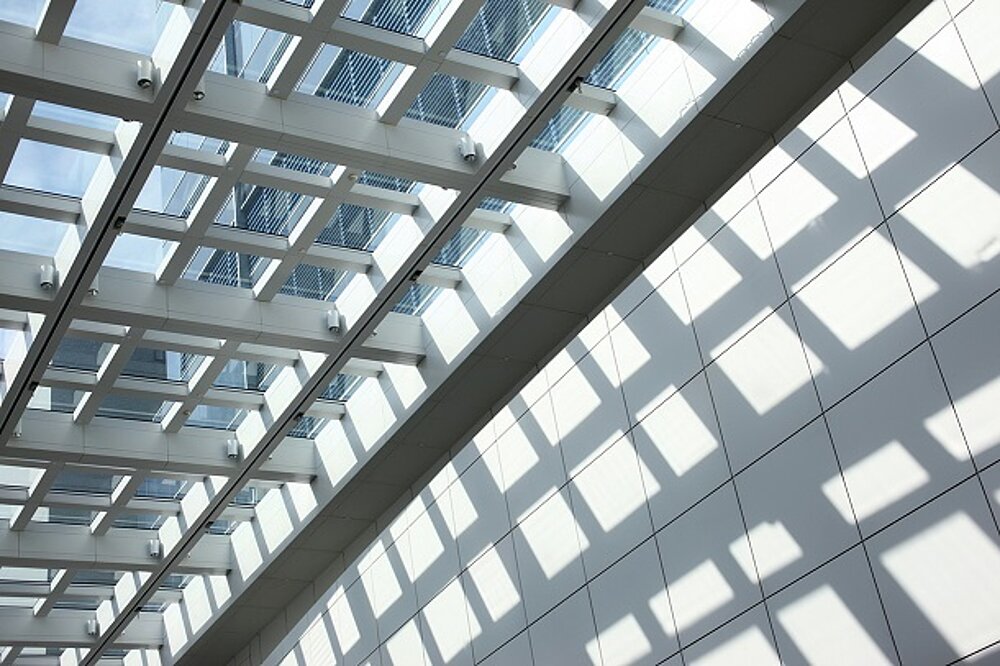Find out today what the legal world will be talking about tomorrow.
15.02.2019
Tort law: departure from fictitious damage calculation for construction defects – change in jurisdiction of the Federal Court of Justice (February 22, 2018 – VII ZR 46/17)

In its February 22, 2018 judgement (VII ZR 46/17), the 7th Senate of the Federal Court of Justice issued a ruling of key significance for general tort law that abandoned decades of supreme court jurisdiction on the fictitious assessment of damages in disputes under construction law – in particular, warranty cases. The granting of damages is now being handled considerably more restrictively.
Previously, it had been permissible and almost customary to assess damages “fictitiously” when warranty claims due to defects were asserted, for example on the basis of an expert opinion on the amount of the costs necessary to remedy the defect. Apart from the requested reimbursement of value-added tax, the question as to whether actual costs had been incurred or whether the customer still intended to remedy the defect was irrelevant. The following principle, however, always applied: The damage due to a defect equals the amount of the (net) costs necessary for remedying the defect.
This is a well-known principle that still applies in other contexts, such as in the settlement of damage to a motor vehicle. In the assessment of construction defects, however, the jurisdiction is now much more differentiated.
The Federal Court of Justice decided on a case concerning claims for damages against a contractor carrying out the construction work and an architect commissioned with planning and supervising the construction project. Specifically, the parties argued about defects in natural stone slabs on the exterior of a single-family home. In its landmark decision, the Federal Court of Justice stated:
“Customers keeping the work and not having the defect remedied, cannot, in the context of a claim for damages, assess their damage according to the fictitious costs of remedying the defect.”
The previously unimportant issue of actual or intended remedy of the defect thus governs the damage assessment now. According to the ruling of the Federal Court of Justice, defects may be remedied on the basis of various criteria:
In cases in which the defect has not been or is not supposed to be remedied, such as where the work has already been resold or on other practical grounds, an asset comparison may be drawn up as one example. In this event, the hypothetical value of the (construction) work without defects is compared with the actual value with defects with the damage existing in the amount of the established difference. In the event of a sale, the damage is to be equated with the verifiable specific loss in proceeds. Frequently, however, the problem will arise that while a defect, meaning a negative deviation of the actual condition of the work from the agreed or expected target condition, can be objectively determined, this has no significant effect on the total value of the work (e.g., white instead of gray windows). Any reduction in value is sometimes impossible or highly difficult to establish or falls far short of the necessary costs of remedying the defect. Clients are financially considerably disadvantaged in comparison to earlier jurisdiction, while contractors, on the other hand, will benefit.
Alternatively, the damage may be assessed on the basis of the agreed remuneration for the production of the work. In practice, this procedure would amount to a reduction of remuneration, but similar difficulties will arise as with the aforementioned method of drawing up an asset comparison.
In cases, however, where the customer has remedied the defect or intends to do so, compensation for the costs of remedying the defect may still be claimed. It is, however, no longer sufficient to submit a theoretical expert assessment of the necessary costs (fictitious damage), but proof must be offered as to which costs have actually been incurred for remedying the defect. Prior to remedying the defect, clients may demand an appropriate advance payment from contractors, which will, however, be taken into account after remedying the defect so that any overpayments will have to be refunded.
These criteria apply both to the relationship between clients and contractors in construction work and to the relationship with planning or supervising architects.
With its ruling on the fictitious assessment of damages, the Federal Court of Justice is pursuing a strategy to prevent overcompensation, which has frequently occurred in compensation lawsuits for construction defects in the past. Only the damage actually and financially incurred by clients is to be compensated, while they should not be able to profit from defective execution or enrich themselves at contractors’ expense.
Conclusion and outlook:
The decision represents a departure from decades of client-friendly jurisdiction. The new line of the Federal Court of Justice leads to improved positions for poorly performing contractors – both towards clients and in competition with contractually performing contractors.
While the ruling relates to a case under work and services law or construction law, the main arguments and considerations on which the decision is based are not of a specific nature relating to these areas, but arise from general tort law. Accordingly, the decision may also be transferred to other fields of law and is therefore all the more noteworthy.
In the meantime, the Federal Court of Justice has already expressly confirmed its new jurisdiction (Federal Court of Justice, June 21, 2018 – VII ZR 173/16), and initial courts of instance are beginning to apply the new strict line also outside the law on contracts for work and services (e.g., Darmstadt Regional Court for damage from a traffic accident, October 24, 2018, 23 O 356/17 and September 5, 2018, 23 O 386/17; both not (yet) final). The first effects of the decision of the 7th Senate are therefore already visible.
It remains to be seen whether the departure from the fictitious assessment of damages will become generally accepted in tort law and how the unavoidable contradictions to the Supreme Court decisions in other fields of law (such as tenancy law, sales law, etc.) will be resolved.


